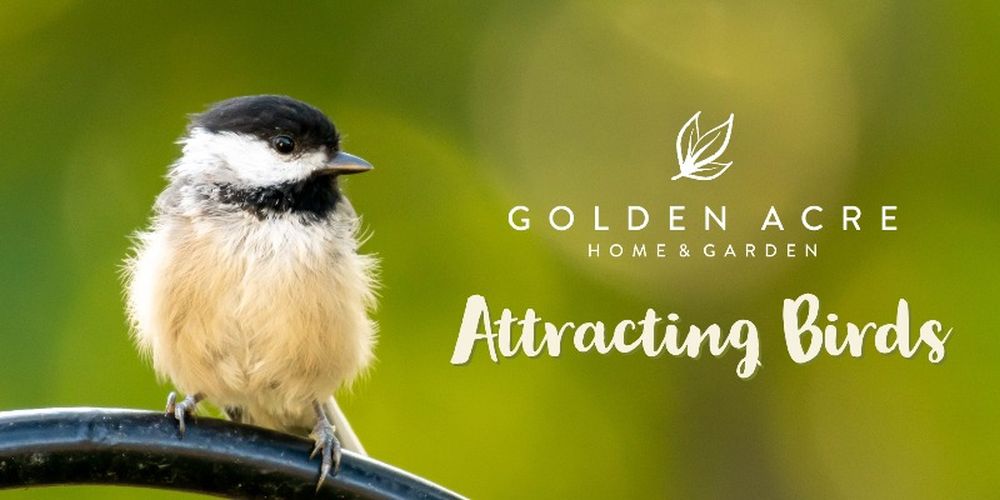This week’s conversation was all about attracting bird friends into your garden! I must admit, it’s incredible how many species of bird we get to observe in Calgary. During our birdhouse and paint set giveaway, we asked you what kind of yardbirds you love to see in your garden. The responses were outstanding with some reporting hummingbirds, bluejays, northern flicker, and owls!
Thank you to everyone who joined us for our birding webinar with Colin. We appreciate your participation and love to engage with you about new gardening topics every week. It’s true, we are plant nerds! If you missed today’s webinar, thank you for finding this blog post!
Download Colin’s PowerPoint here: Birding
You may also find a replay of today’s webinar posted on our YouTube channel.
Let’s get into some of the main points Colin brought up today. Birding Birds are a wonderful addition to any garden. They target problem insects, provide natural fertilizer, and attract other birds into your yard. They are also very fun to watch for adults and kids alike. In Calgary, we get to see a wide variety of birds. Some of the more common types include:
- Robin
- Downy Woodpecker
- Northern Flicker
- Finches
- Red-breasted Nuthatch
- Black-capped Chickadee
- And Mountain Bluebird
- Food
- Seed – Make sure you use seed that is appropriate for the types of birds you wish to see.
- Nuts – These will attracts big birds like magpies along with squirrels.
- Nectar – Essential for attracting hummingbirds.
- Bugs – Many birds like bugs, especially woodpeckers.
- Suet – Suitable for all birds, especially in the colder months.
- Shelter
- Trees – These provide birds with a safe place to hang out in between trips to the feeder. They may also help with the pollination of nearby trees and perennials.
- Shrubs – These are especially beneficial for songbirds to hang out.
- Houses – Choose houses that will accommodate the types of birds you wish to attract. Ensure they are breathable, non-toxic, cleanable, and placed in a safe area.
- Water
- Birdbath – Birds love them, especially on a hot summer day. They’re also entertaining to watch!
- Fountain – Consider adding a fountain with a softer flow to encourage a bathing and hydration station for birds.
- Container – Use a large bowl and fill it with stones so birds can access it easier.
- Puddles – Birds aren’t picky. Fill low spots in your yard with water while you’re already out watering the gardening in the morning.
- Sprinkler – Water your lawn and help the birds at the same time. Choose a low flow sprinkler to avoid harming your yardbirds
- Squirrels
- Cunning, wasteful, and somewhat destructive.
- Consider a cage-style bird feeder. It won’t break and the birds can still get access their food in the middle.
- Wasps
- Not bad for the garden, but can be dangerous for birds especially the little ones if they’re swarmed.
- Consider hanging a wasp trap to deter them.
- Corvidae
- Included in this family of birds are crows, magpies, and ravens.
- These aren’t bad birds by any means, but there are some negatives if you’re trying to attract little songbirds. They can be destructive, loud, and chase off other birds.
- Consider hanging a separate feeder for them away from your other feeders.
- Ants
- Mold
- old birdseed will begin to decompose and attract insects and harm birds.
- Consider keeping birdseed in a dry and cool place. Careful not to overfill bird feeders.
Happy birding, friends!

